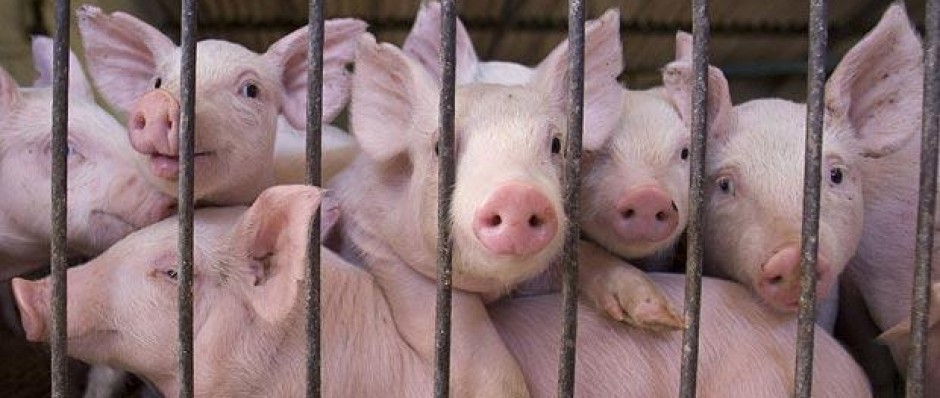To ensure that the transplanted tissue is not rejected by the recipient, future donor animals will need to have their genes modified in an attempt to prevent complement activation in the human immune system. Specifically, there is a marker called the alpha-gal epitope found on the surface of proteins. Rejection of transplanted organs is thought to be at least partially due to natural human antibodies binding to alpha-gal antigens on the donor tissue and activating the immune system. Therefore it becomes necessary to genetically alter the donor alpha-gal antigens so that the human recipients antibodies will recognize them as their own.
One problem with this alteration is that it appears as though alpha-gal antibodies are capable of binding to bacteria expressing the alpha-gal epitope. This protects the bacteria from the immune system, preventing them from being lysed (Hansen et al., 2004). Therefore pigs with circulating alpha-gal antibodies may be more susceptible to infections caused by bacteria such as Escherichia coli.
If in fact the alpha-gal antibodies can protect Enterobacteriaceae species such as E. coli, this would be a major welfare concern as blood poisoning caused by these bacteria is one of the most common causes of death in pig herds (Hansen et al., 2004).
Another potential health issue has to do with retroviruses such as porcine endogenous retrovirus (PERV). The immediate concern is that PERVs will be transmitted from the host pigs to humans via xenotransplantation. However there is also the possibility that these viruses could mutate in their new human host and be transmitted back to the pig population (Hansen et al., 2004).
These animal health problems could potentially be dealt with in the production phase in one of two ways (Hansen et al. 2004). One solution is to reduce possible risk factors within the current system framework. This may involve practices such as decreasing stocking density and reducing post-weaning stress. Alternatively, the donor pigs may need to be bred in isolation away from human handlers, other pigs and the external environment. As discussed in Natural Living, this route would likely have a large negative welfare effect on the pig. It would also be much more time consuming and costly on behalf of the producer. However, isolation will likely be more effective in limiting animal disease.
